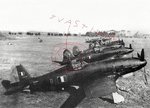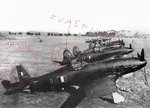ralphwiggum
Airman
- 76
- Mar 15, 2008
How did this plane perform against Mustangs Spitfires Thunderbolts?
It certainly looks like a winner to me I Think it was a good high altitude
fighter
It certainly looks like a winner to me I Think it was a good high altitude
fighter



